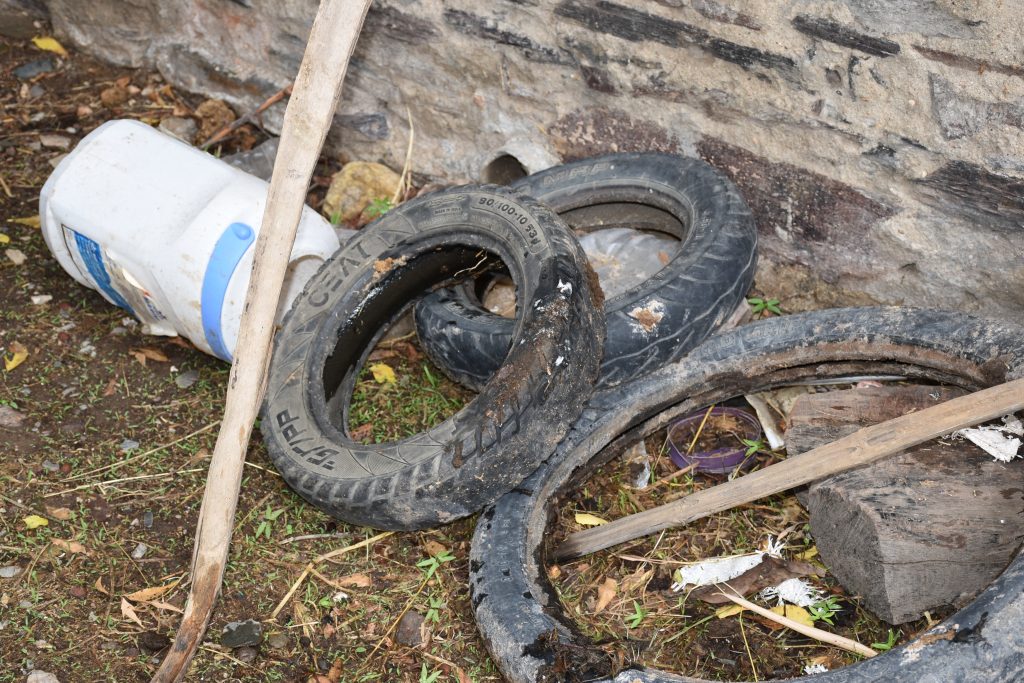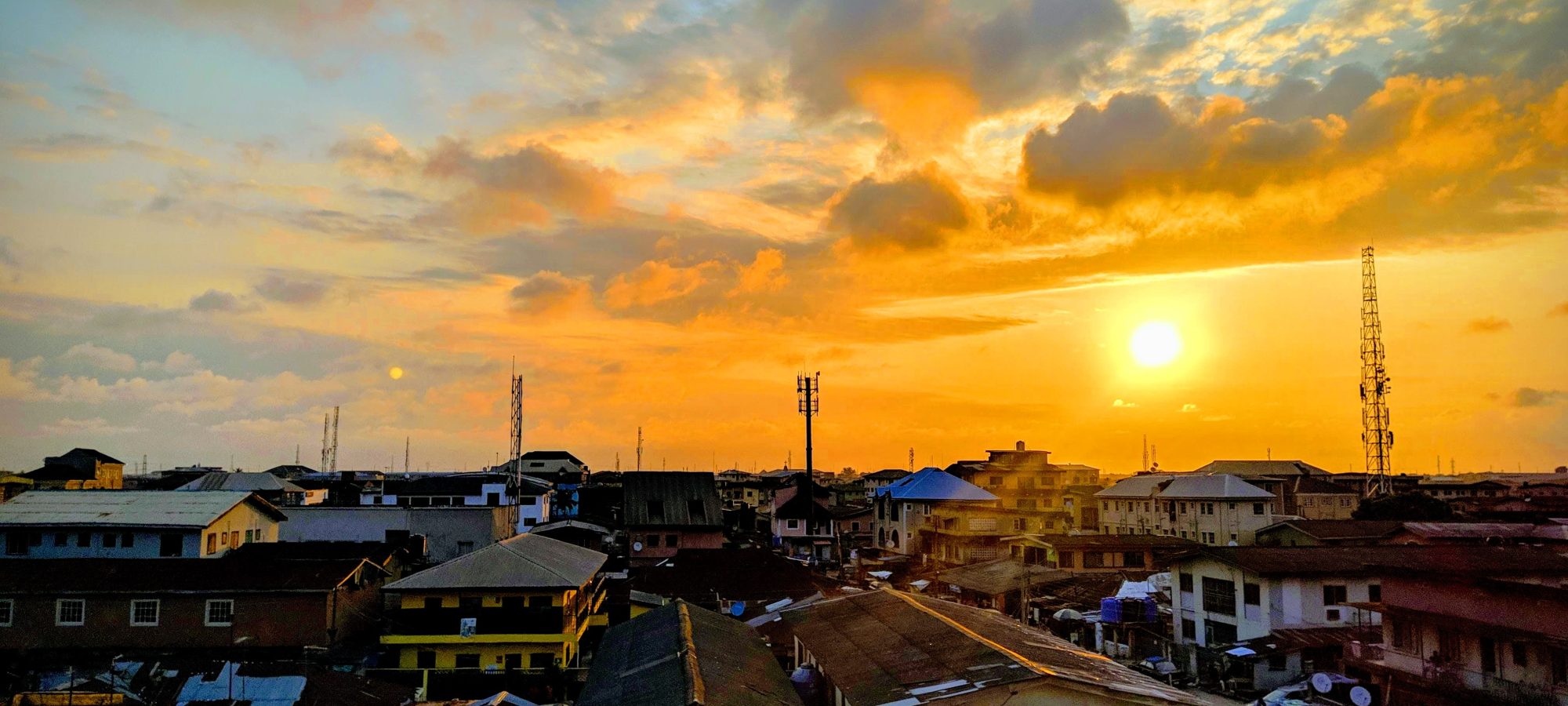According to the United Nations, since 2007, more people globally are now living in cities than at any other time in history. In Africa, projections show that by 2030 the urban population will rise to 824 million – an increase of almost 25 percent compared with today and by 2035, more people on the continent will be living in urban than in rural areas. We are already in a situation in which one in three people living in urban areas live in overcrowded and poorly maintained housing and neighbourhoods, impacting on the health of these populations. Continued urbanisation will increase the likelihood of cities becoming epicentres of disease transmission – of particular concern is the effect this will have on mosquito-borne diseases.
The spectre of rising mosquito-borne urban diseases
There are two particular sets of mosquito-borne threats that pose an ominous and clear pattern of already-existing challenge to urban populations, which are set to get worse. One is Aedes-borne arboviruses such as dengue, chikungunya, Zika and yellow fever. The other is the sustained spread, across Africa, of the urban malaria vector Anopheles stephensi. Whereas the Aedes-borne arboviruses are less lethal than malaria, dengue alone already infects about 400 million people annually. However, it is An. stephensi that holds the more urgent and imminent threat with its potential to up-end the applecart of progress that has been made in malaria control, by adding a completely new paradigm of transmission which did not historically exist in Africa, and for which Africa is concerningly unprepared.
Aedes and arboviruses
Mosquito-borne viruses such as dengue and its multiple cousins including Zika and yellow fever, are debilitating afflictions to suffer. Although most infections are generally well-tolerated and often without symptoms, nevertheless, these diseases have the potential to cause significant ill-health and even death.
Arboviruses are spread mostly by two of what must be the most exquisitely-adapted disease-spreaders on our planet, Aedes aegypti and Aedes albopictus. They bite by day and so bednets, proven so effective at curtailing malaria spread by Anopheles mosquitoes, are of little or no use. Aedes aegypti and Aedes albopictus also prefer to breed in small quantities of water as collects from rainwater in discarded debris such as empty tins, bottles, coconut husks, old tyres, and most prolifically in water storage containers. Ingeniously, their eggs can survive drying out and then hatch up to a year or more later when rain fills the containers once more. More astonishing is that the virus can pass from the female mosquito into the eggs and pass on through the various immature stages to the next generation of adult females which then transmit the virus to a human when they suck blood to nurture the next batch of eggs. Herein lies the problem, those desiccation-resistant infected eggs that lie dormant are perfect time-bombs ready to set up new populations of infected Aedes mosquitoes wherever they get sent across the globe, and with rising tourism and trade the spread further increases.

Climatic changes too are exacerbating problems, with floods creating massive breeding areas and erratic rain spread across the year promoting higher mosquito numbers. A review publication in 2016 showed that global dengue numbers double roughly every decade. So, where do these mosquitoes flourish most? Poorly maintained housing and neighbourhoods, construction sites, where lots of rubbish and containers lie around to set up perfect breeding conditions, and urban environments are of course the very best possible scenario because humans are crowded together and therefore easier for mosquitoes to bite.
But Aedes is not our only problem, there is an even bigger problem, Anopheles stephensi.
The unique problem of urban malaria
Africa is by far the most heavily impacted continent afflicted by malaria, accounting for about 95 percent of the global burden of around 241 million cases. In Africa, malaria is overwhelmingly a rural disease, this means that historically, urban areas escaped the ravages of malaria and urban populations lost an established immunity that exists in most people living in high-transmission rural settings; if such non-tolerant people contract malaria, the risk of severe malaria is high.
Now Anopheles stephensi has entered the stage in Africa, with potentially dramatic consequences. The ancestral home of An. stephensi is South Asia but is also present in the Arabian Peninsula and eastwards, to Thailand and southern China. Here, it is an urban transmitter of malaria, and in India, which has the highest malaria burden of any country outside Africa, it is one of the two most important vectors of this disease. From its previous confinement to Asia, An. stephensi made a jump to Africa, establishing itself firmly in several Horn of Africa countries from 2012 onwards, evident in the well-documented outbreak in Djibouti, and recently confirmed in Nigeria.
But, this is only the tip of the iceberg in terms of potential spread: a modelling study showed that ideal breeding and environmental conditions favouring this species could expose millions of urban dwellers in Africa to malaria transmission. This mosquito thrives in urban environments, using the same kinds of small pools and water containers favoured by Aedes mosquitoes, providing abundant breeding sites for An. stephensi from which to spread malaria in the high concentration of urban dwellers. Impressive gains were achieved in Africa between 2000 and 2015 in reducing malaria morbidity and mortality, but those gains are faltering. The threat of having a new battle-front emerging in the form of urban malaria is a serious challenge. Unless we act now, it could set back malaria elimination goals by years.

How can we confront these threats of urban mosquito vectors?
Our biggest threat is complacency. Arboviral diseases generally do not have the same high mortality figures associated with them as malaria and so, despite the misery that these diseases can bring, the focus of public health authorities remains on malaria. The world is rightly rattled by the clear slowdown in malaria reduction in recent years, a combination of a number of factors including funding gaps coupled with increasing trends of mosquito resistance to insecticides, but this means that the threat of An. stephensi is having to ‘fall in line’ when it comes to attention from under-resourced ministries of health doing what they can to keep the lid on the existing malaria and arbovirus threats. However, it is imperative that we instill a sense of urgency – experience tells us that if An. stephensi has been officially recorded in five African countries it is almost certainly already present in more.
The two sets of challenges – global expansion of arboviruses and spreading of urban malaria in Africa – have common breeding sites. This means interventions targeting such sites would work against both types of vectors. These include improved functional urban surveillance and strengthened capacity to understand and interpret the distribution and abundance of disease cases and vectors within the urban setting alongside targeted responses to reduce the number of breeding sites that incorporate social behaviour changes engagement to inform people about risk behaviours and risk-reduction measures to help lower transmission. The successful implementation of these interventions requires collaborative efforts of affected countries and donors and involve stakeholders across the spectrum, from health services, municipality administrations, environmental departments and urban planning, as well as commitment from the global community to financially support solutions that tackle them.
However, the single most important thing is for stakeholders to recognise that the best time to confront this inexorably-expanding problem is right now, and to engage in planning and implementation of a steadily rising series of interventions to alleviate the impending consequences.
Dr Leo Braack is Malaria Consortium Senior Vector Control Specialist, Dr Tarekegn Abeku is Malaria Consortium Principal Advisor, Dr James Tibenderana is Malaria Consortium Technical Director, Chukwuebuka Ezihe is Malaria Consortium Entomologist, Shobiechah Aldillah Wulandhari is Malaria Consortium Thailand Technical Officer.
Header image: Namnso Ukpanah
